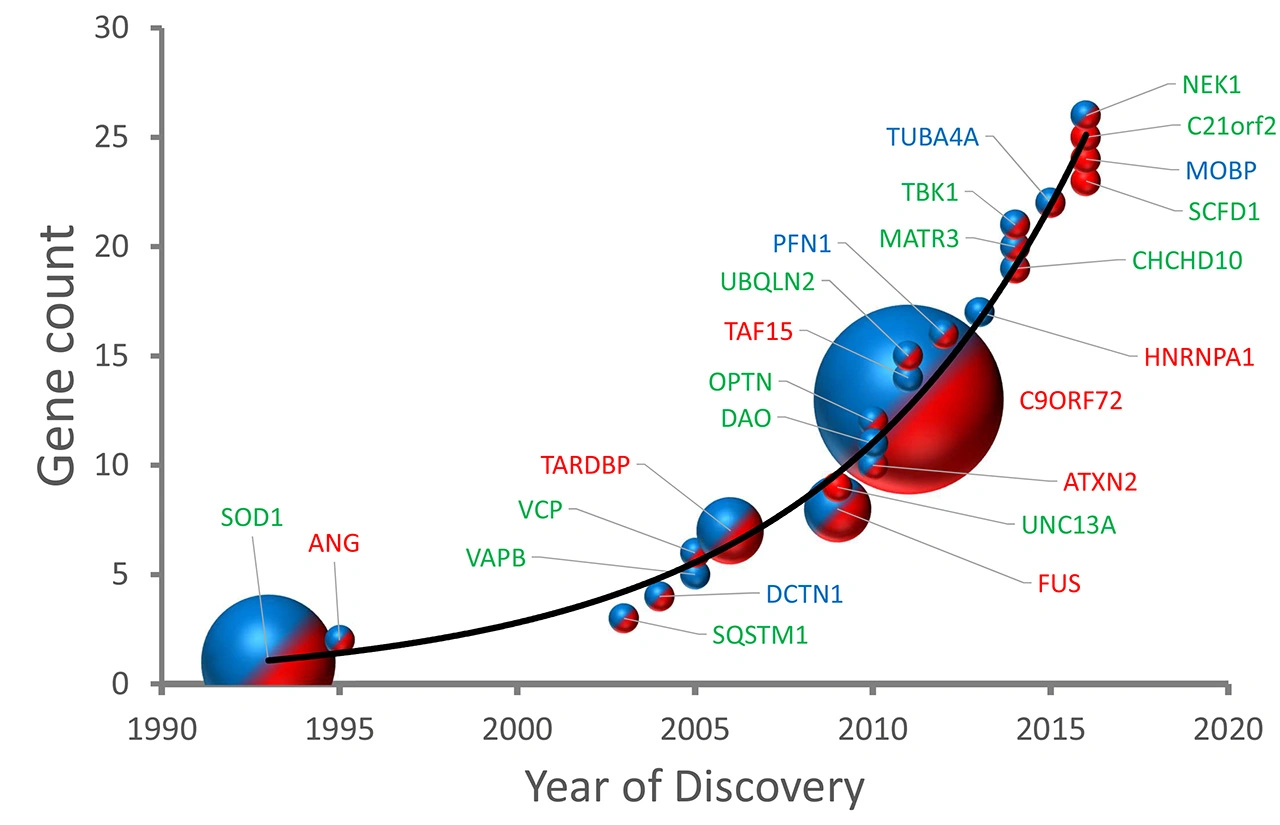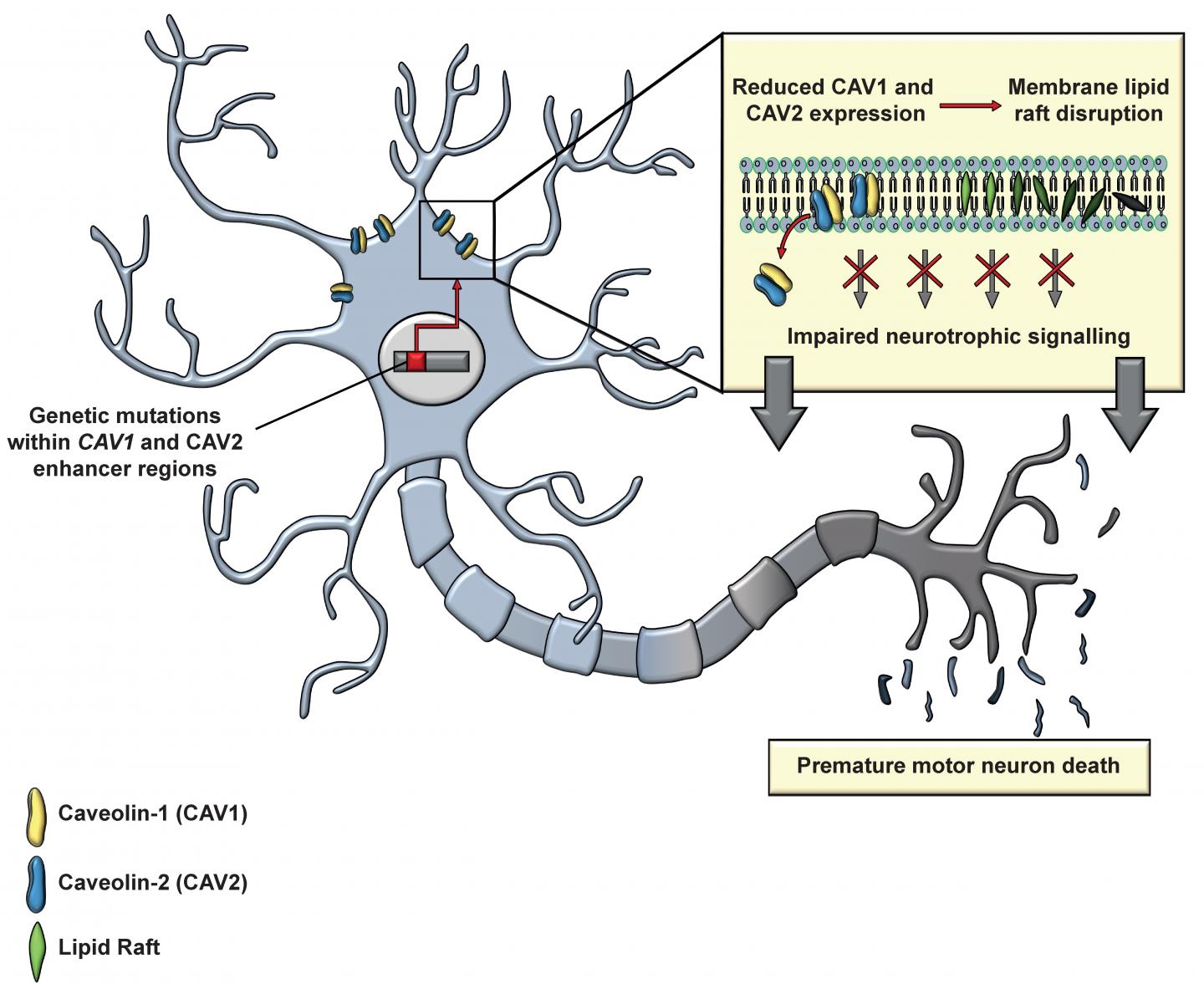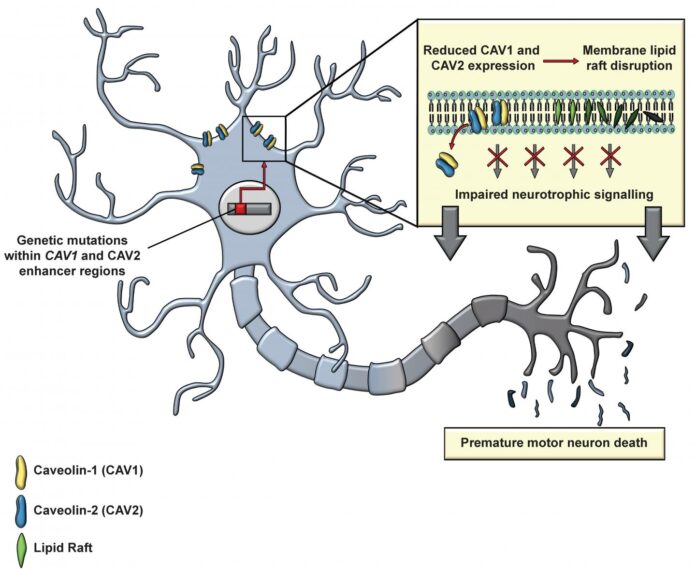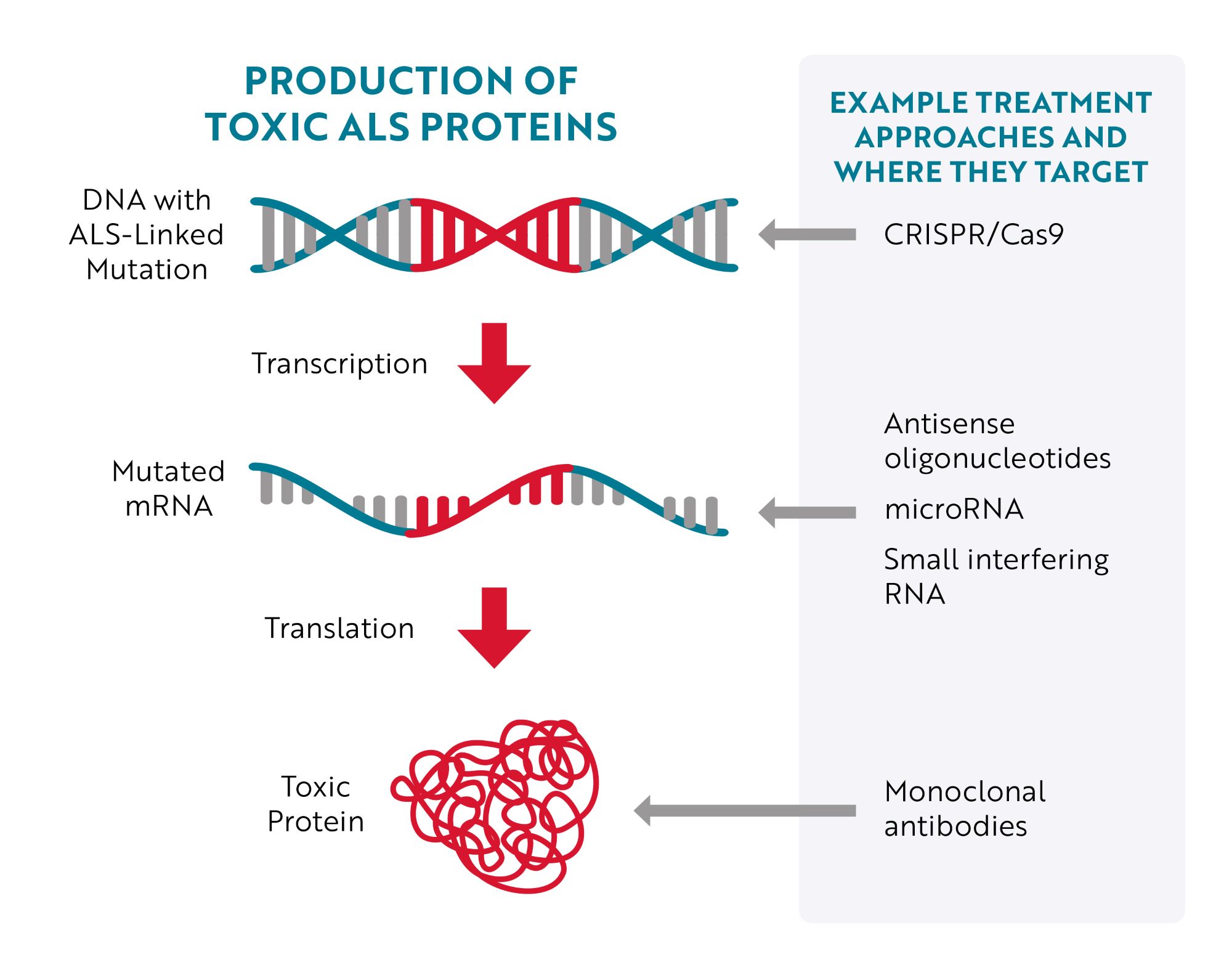Amyotrophic Lateral Sclerosis (ALS) is a devastating neurodegenerative disorder that affects the nerve cells responsible for controlling voluntary muscles. Recent breakthroughs in genetic research have led to the discovery of a new gene associated with ALS, offering hope for better understanding and treatment of the disease. This article delves into the implications of this discovery, the gene’s role in ALS, and the future prospects for patients and researchers.
Understanding ALS
ALS, also known as Lou Gehrig’s disease, is characterized by the progressive degeneration of motor neurons, leading to muscle weakness, atrophy, and eventual paralysis. The exact cause of ALS remains unknown, but both genetic and environmental factors are believed to play a role. Approximately 5-10% of ALS cases are familial, meaning they are inherited, while the remaining cases are sporadic with no known family history.
The New Gene Discovery
Researchers have identified a new gene, called KIF5A, linked to ALS. This discovery was made through advanced genetic sequencing techniques, including whole-genome sequencing and targeted gene analysis, in a large cohort of ALS patients. The identification of KIF5A adds to the growing list of ALS-associated genes, which includes SOD1, C9orf72, TDP-43, and FUS.
Role of KIF5A in ALS
KIF5A encodes a protein that is part of the kinesin family, which is crucial for intracellular transport. This protein plays a vital role in transporting cellular components along microtubules, essential for maintaining neuronal function and health. Mutations in KIF5A disrupt this transport system, leading to cellular dysfunction and neurodegeneration, which are hallmarks of ALS.
Implications of the Discovery
The discovery of the KIF5A gene’s association with ALS has several significant implications:
- Enhanced Understanding: It provides new insights into the molecular mechanisms underlying ALS, particularly the role of intracellular transport in neuronal health.
- Potential Biomarker: KIF5A mutations could serve as a biomarker for diagnosing ALS, especially in familial cases, allowing for earlier detection and intervention.
- Therapeutic Targets: Understanding how KIF5A mutations contribute to ALS opens new avenues for developing targeted therapies aimed at correcting or mitigating the effects of these mutations.
Current Research and Future Directions
The discovery of the KIF5A gene is just the beginning. Researchers are now focused on several key areas to further explore its role in ALS:
- Functional Studies: Investigating how KIF5A mutations lead to neuronal dysfunction and neurodegeneration at the cellular and molecular levels.
- Animal Models: Developing animal models with KIF5A mutations to study the disease progression and test potential therapies.
- Clinical Trials: Initiating clinical trials to evaluate the efficacy of new treatments targeting KIF5A-related pathways.
Gene Therapy
One promising approach being explored is gene therapy. By delivering healthy copies of the KIF5A gene or using CRISPR/Cas9 technology to correct the mutations, scientists aim to restore normal function and prevent the onset of ALS symptoms.
Drug Development
Another avenue is the development of drugs that can enhance the function of the KIF5A protein or compensate for its loss. High-throughput screening of compounds and rational drug design are being employed to identify potential candidates.
Conclusion
The discovery of the KIF5A gene’s association with ALS represents a significant advancement in our understanding of this complex disease. While much work remains to be done, this breakthrough offers hope for new diagnostic tools, targeted therapies, and ultimately, a cure for ALS. Continued research and collaboration among scientists, clinicians, and patients are essential to translate these findings into tangible benefits for those affected by ALS.











